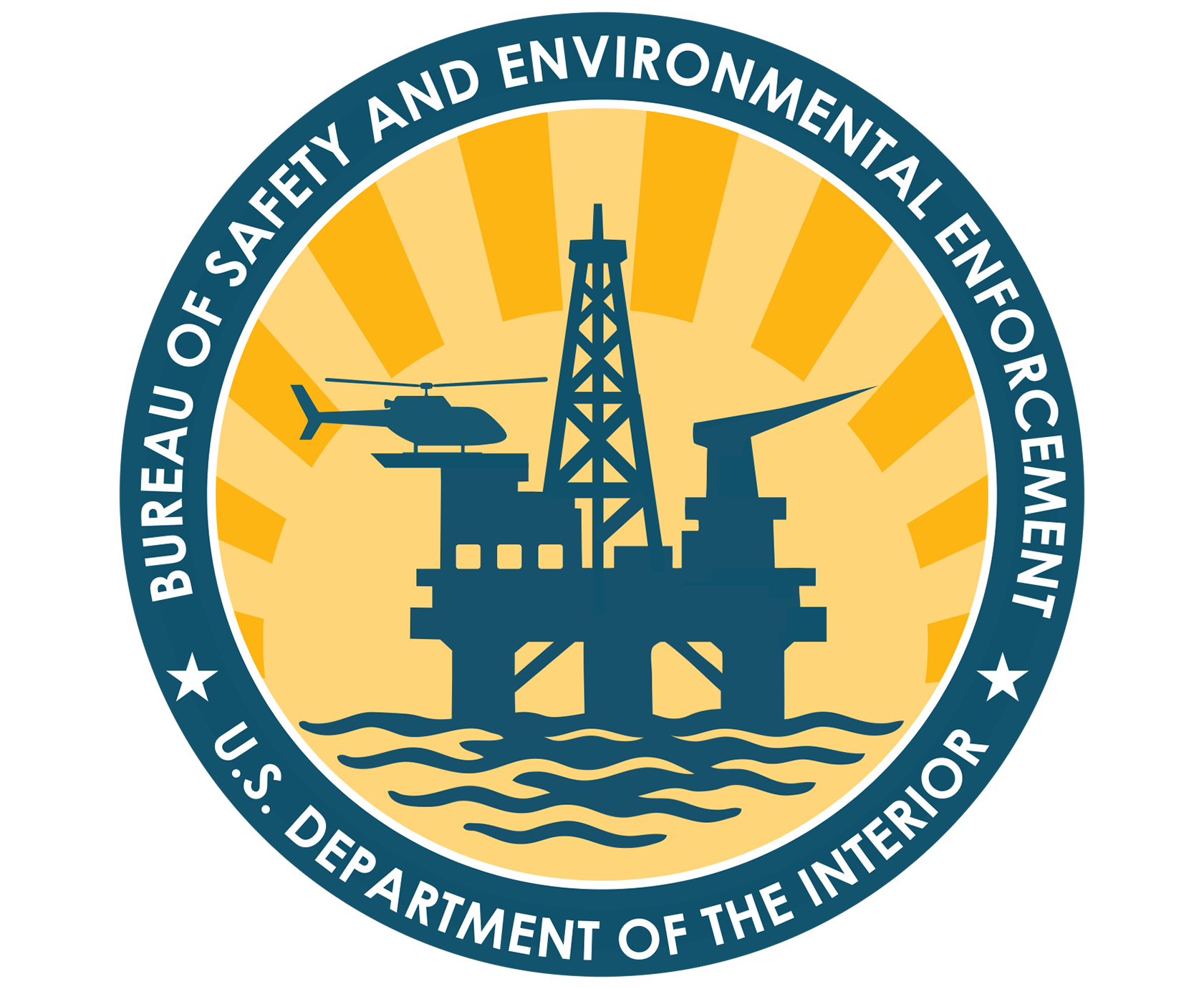
You are viewing ARCHIVED content published online before Jan. 20, 2025. Please note that this content is NOT UPDATED,
and links may not work. Additionally, any previously issued diversity, equity, inclusion or gender-related guidance on
this webpage should be considered rescinded. For current information, visit
News Items | Bureau of Safety and Environmental Enforcement.
WASHINGTON- Mounting evidence suggests exposure to low levels of methane and other combustible gases can be catastrophic for helicopters traveling to and from offshore platforms, the Bureau of Safety and Environmental Enforcement’s (BSEE) Doug Morris stated today. “We have been out sending alerts on the issue of aviation safety and methane releases for some time,” Morris said, “but we are now concerned that even low levels of gases can be extremely dangerous.” Morris, BSEE’s Chief of Office of Offshore Regulatory Programs, explained that “the intake of a highly combustible gas can result in a sudden change in helicopter engine performance.”
Morris pointed to a recent BSEE supported study in collaboration with PricewaterhouseCoopers that found the presence of methane gas may cause power loss in turbo-shaft engines at much lower concentrations than originally estimated. The study identified mechanisms by which methane ingestion can cause sudden and significant degradation of turbo-shaft engine performance. Prior recommendations from the National Transportation Safety Board and experts from many parts of affected industries also point to the dangers of helicopter flights in areas where combustible gases may be present. “This issue impacts both offshore oil workers and BSEE’s own personnel,” Morris noted, adding that BSEE staff log “more than 9,000 flight hours each year during inspection and investigation activities.”
BSEE inspectors and engineers travel offshore on helicopters daily as part of the Bureau’s mission to regulate oil and gas activities. According to Morris, BSEE is evaluating options for future research and the applications of new technology that may reduce the risk of exposure to combustible gas by helicopters operating on the Outer Continental Shelf. For more information and to download the report, click here.
